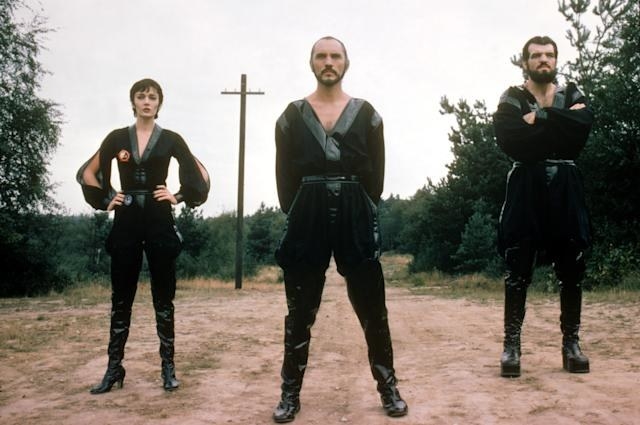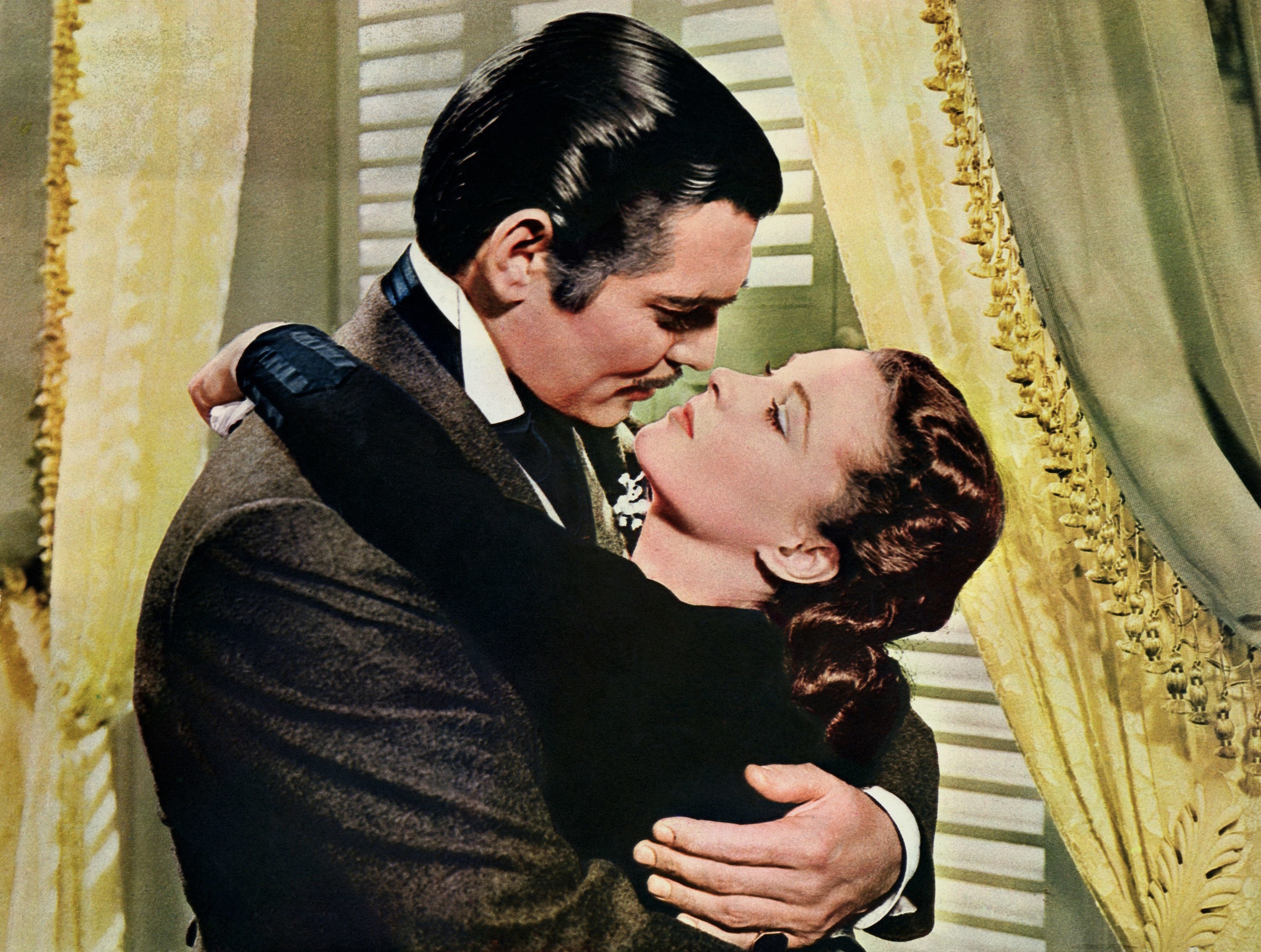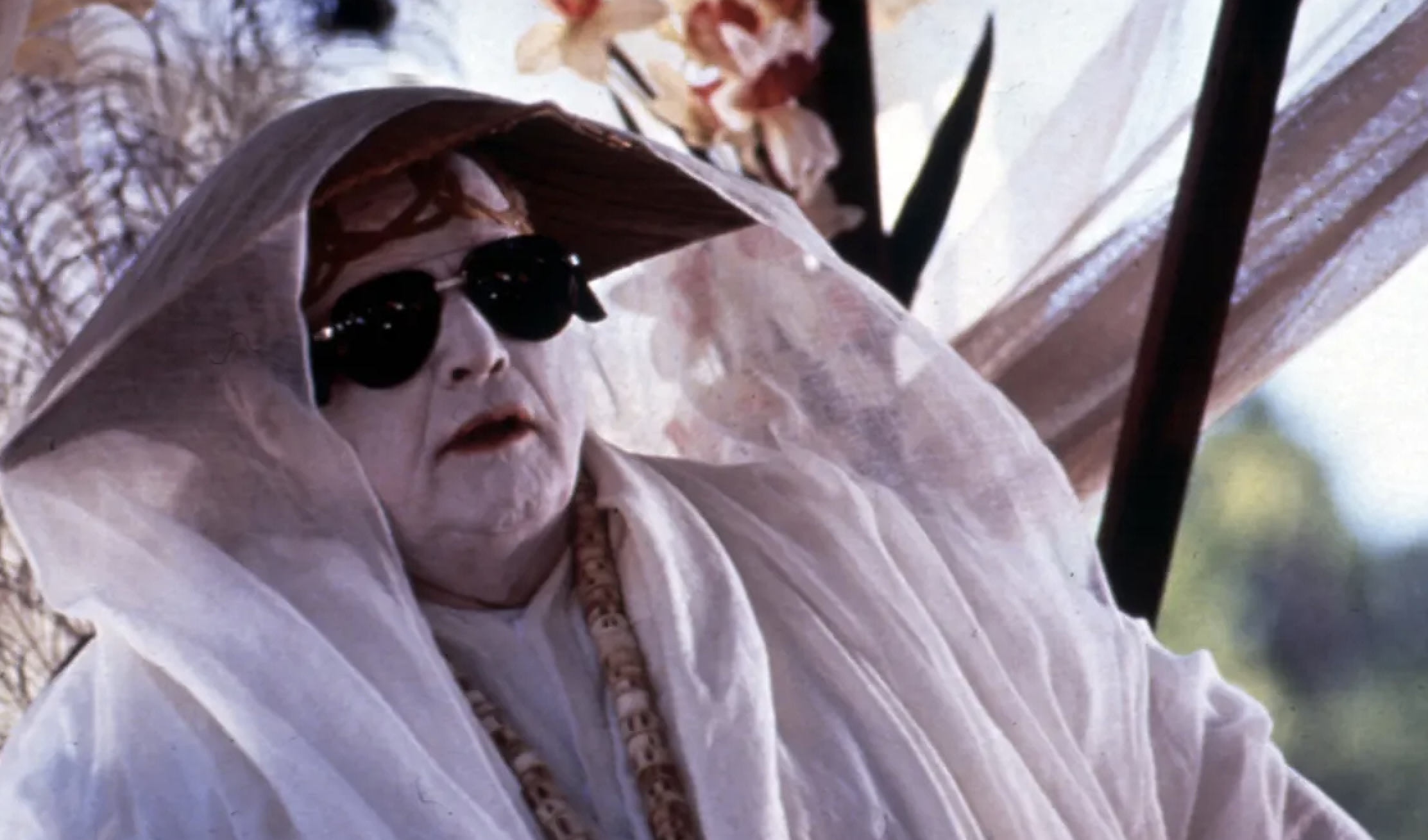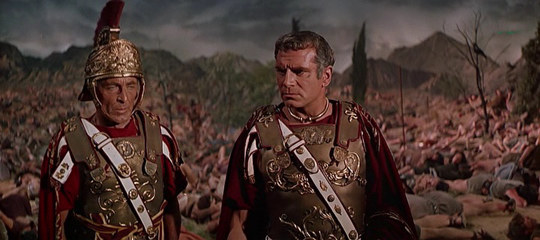Gilroy was brought in to make some emergency fixes after the director’s cut – and thus did a lot of reshoots. On the state of the movie when he arrived, Gilroy had this to say: “[it was] just in so much terrible, terrible trouble that all you can do is improve their position.” There are differing opinions about how much of the film or plot was altered by the reshoots. The President of Lucasfilm, Kathleen Kennedy, claimed, “There’s nothing about the story that’s changing.” Meanwhile, Ben Mendelsohn, who played Orson Krennic recalled there being “enormous differences” in 20-30 scenes due to the rendering. In came Richard Lester, who, wanting to put his own stamp on the movie, decided to reshoot most of Donner’s work. Despite the film’s upheaval, it did relatively well at the box office – but many believe Donner’s original film, which was released in 2006, was the better version. The reason for Pixar going in a different direction was “creative differences”, with her not wanting to make changes to the story she’d envisioned. Mark Andrews stepped in, and they were both credited as directors. Even though it was hard for Brenda to leave her project, she said that the final cut of the movie ended up being closely aligned with her initial vision. She said: “I saw it a few months before it came out, and I was really pleased that they had gone back to my work. I had seen a version earlier that had lost a lot of it. That they had done after I left – and that had frustrated me a lot.” Zack Snyder departed the movie after a family tragedy that, understandably, left him with no energy to continue, and the need to be with his family. Joss Whedon took over the film’s production, but it didn’t stop fans and DC-universe actors from pestering WarnerMedia to release Snyder’s four-hour version, which they eventually accepted. Synder himself was clearly not a big fan of Whedon’s version, saying before his cut’s release: “I just hope I can wipe that version out of existence with what you see in March.” Fuelled by Benzedrine and peanuts, producer David O. Selznick would stay up all night hiring, firing, ordering rewrites, and causing general havoc to the filmmaking process. The most poignant firing was the director George Cukor which was said to be due to “creative differences”, but some claim was actually the result of an antigay outburst by movie star Clark Gable about being directed by George. In order to appease the antigay demands of Gable, Selznick lured director Victor Fleming from the shooting of The Wizard of Oz to direct him, “firing” George in the process. In reality, though, George carried on coaching Olivia de Havilland and Vivien Leigh in secret. George wasn’t there for long but did make some important decisions, one of which was to change Dorothy’s hair colour (it was initially blonde). George was replaced by the director who would direct most of the film, and go on to replace him again in Gone With The Wind, Victor Fleming. As you can tell, Fleming was seen as a safe pair of hands to take over a troubled project, but those hands were required on the other disorderly production, Gone With the Wind. When David O. Selznick summoned him, King Vendor took the reins and was left to direct the Kansas scenes including Over the Rainbow (which almost didn’t make the final cut) and the famous tornado scene. “I watched Kurt sacrifice his own role and energy to devote himself as a storyteller, even going so far as to draw up shot lists to help our replacement director, George Cosmatos, who came in with only two days prep.” So, even though George Cosmatos stepped in and is credited with directing, in the words of Val Kilmer, “Kurt is solely responsible for Tombstone‘s success, no question.” Although many critics at the time pointed out the underrepresentation of female directors of top-grossing movies, Patty didn’t want the dismissal to be seen as gender-related. She insisted it was creative differences, saying: “I did not believe that I could make a good movie out of the script that they were planning on doing. It would have looked like it was my fault.” The studio went with Alan Taylor, of Game of Thrones to take up the project. But he too felt constrained by the corporate demands, production deadline, and unfinished script. The film would turn out to be one of Marvel’s worst-rated, even though it was a box-office success, but Taylor has expressed desires to release a Snyder-Esque director’s cut of his true vision of the movie. While he obviously didn’t spend the whole eight working on the movie, he’d done a lot of work as writer-director for the film, but it was when they changed his role to just director, not writer, that he decided it wasn’t for him. His reasoning, he explained, was the lack of freedom over the film, saying: “I think the most diplomatic answer is I wanted to make a Marvel movie but I don’t think they really wanted to make an Edgar Wright movie.” As much of the script had come from Edgar and Joe Cornish, both of them received writing and “Story by” credits, but it was Peyton Reed who went on to direct Ant-Man and the sequel. The messy, egotistical behaviour of stars Marlon Brando and Val Kilmer set the whole production off to a chaotic start which saw director Richard Stanley fired after just three days. Director John Frankenheimer came in to try and get a handle on the situation (unsuccessfully), but it wasn’t the last they’d see of Stanley, who was now living isolated in the outback. Due to the many prosthetics the actors wore, the fired director was able to sneak back onto the set disguised as a half-man-half-dog character… Such bizarre behaviour seemed to be a theme of the whole filming process, as Actor Neil Young described, saying: “It all started to go horribly pear-shaped. It disintegrated into this madness in tropical Queensland, with all these people dressed up as weird creatures. Everyone was just going a bit coco, I think.” The movie is considered to be one of the worst ever, although Stanley was eyeing up a “weirdly metatextual” TV series of it which (maybe for the better?) never came to fruition. Singer himself claimed that Fox refused to let him take time to care for a sick family member. He said: “Unfortunately, the studio was unwilling to accommodate me and terminated my services. This was not my decision and it was beyond my control.” Dexter Fletcher came in to finish off the movie, but Singer was still credited as the director, as he left with only three weeks of shooting remaining. After just a week of filming, the two had gotten into a huge disagreement, and it was Kirk who eventually fired Mann, saying that he was “scared of the scope of the picture.” Despite Douglas admitting he never wanted Mann, and firing him so soon into shooting him, he said that Mann took the dismissal well and there was no hard feeling between the two. Part of the scrutiny came from not only the changing of the director but also the rebooting of the entire story to make it simpler which, ironically, delayed the film’s release. The final product, despite giving us one of the most heartbreaking moments in cinema history (according to me), didn’t reach the heights that they were going for, maybe because it was just so damn sad. Yupp that’s right, Darryl F. Zanuck told the story of the frankly ridiculous story of how a lunch took Jaws away from Dick Richards: “The director kept referring to this thing as ‘the whale.’ After he’d done it three times, I said, ‘For God’s sake, this is a fucking shark! As we walked back to the office after this disastrous lunch, I said to Mr Brown, ‘We gotta renege. No way this guy who thinks a shark’s a whale is going to direct this picture.” While it must have been an annoying way to get kicked off a project, thankfully they got Stephen on board to make one of the most classic horrors of all time.



